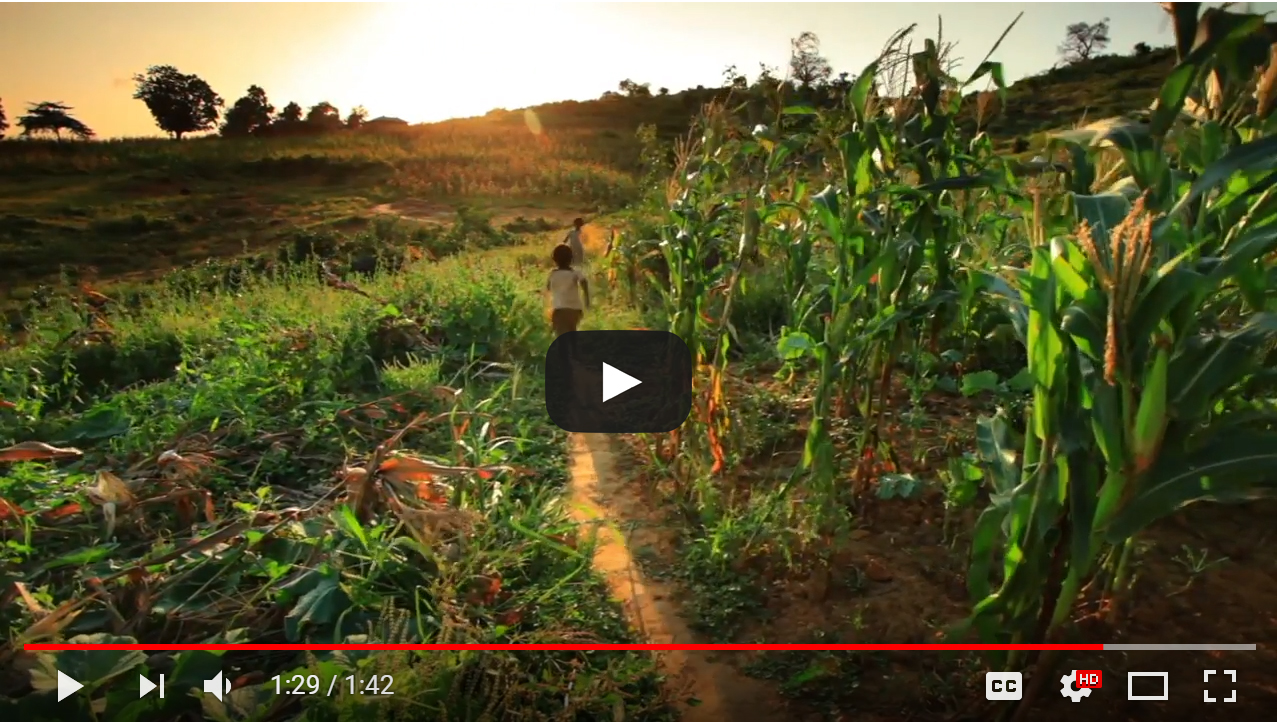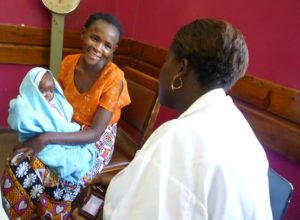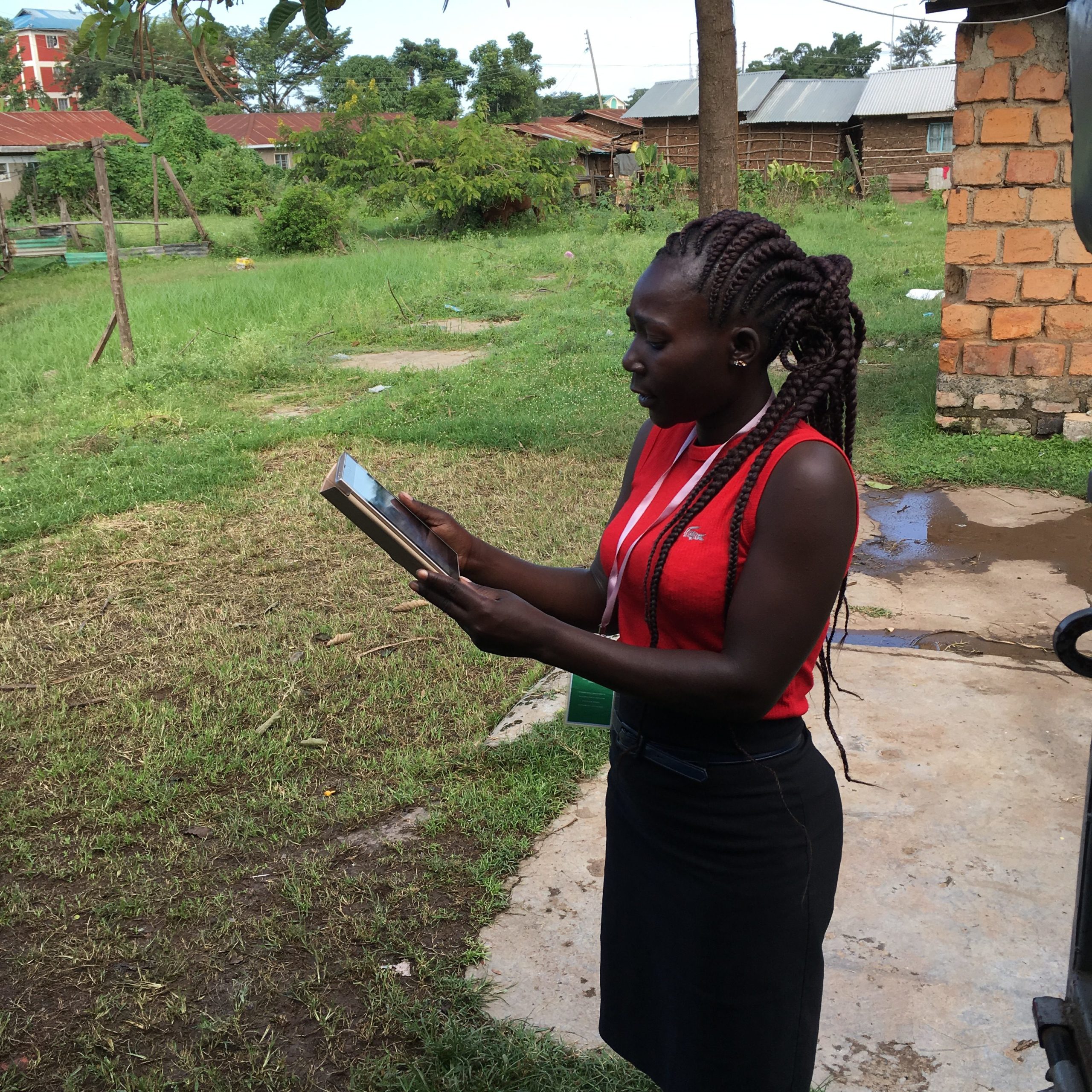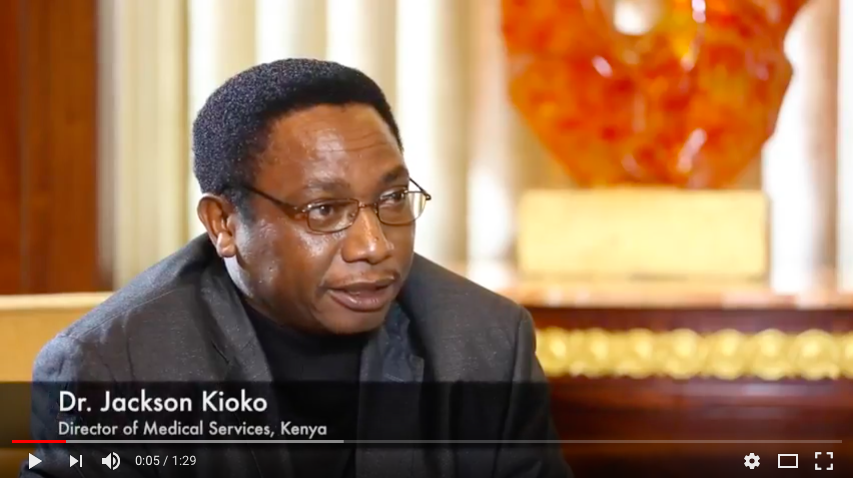
New methods uncover and address the causes of child mortality
August 11, 2017
A National Priority: Kenya site partners and community mappers reach populations previously unreached.
In 2014, the United Nations labeled Kenya’s progress in reducing infant mortality “insufficient” in achieving the targets of the MDGs, and the country ranks 52nd in global child mortality.

“As a country, we have not yet enjoyed very good indicators for childhood survival. Although we have had good progress…still, a lot needs to be done.”
– Dr. Jackson Kioko the Director of Kenya Medical Research Institute
COMMUNITY MAPPING FOR HEALTH DATA TO ACTION

The Kenya Medical Research Institute (KEMRI) in collaboration with the United States Centers for Disease Control and Prevention, Emory University’s Global Health Institute and the Kenya Ministry of Health launched a new integrated Health and Demographic Surveillance System (HDSS) in Western Kenya completed February 2017. The platform was initially designed to collect information for the purposes the Child Health and Mortality Prevention Surveillance (CHAMPS) and Kisumu county MOH, but will progressively open use for other partners to generate data that inform actions to save lives. HDSS aims to provide general demographic information including population size, age and sex composition, pregnancies, births, deaths and migration. Over time the HDSS will also provide disease or intervention specific information on malaria, HIV and tuberculosis and other respiratory diseases, diarrheal diseases and schistosomiasis when data collection for these areas is undertaken. Community mapping is the first step in developing an HDSS.
FINDINGS AND ACTION FROM THE COMMUNITY MAPPING
The initial Kenya community mapping exercise findings were revelatory. There were more households in Kisumu County than previously identified by census data. Additionally, CHAMPS and Ministry of Health staff discovered that many households were falling through the cracks and not receiving appropriate attention from the local healthcare system.

Community health volunteers tasked with reaching the entire community were only reaching a portion of households- in some cases only 100 of the 800+ households in their coverage area. The unreached households were missing out on public health interventions such as bednets, support, and essential health information.
Through the work of the field staff in the mapping exercise, the Kisumu County Ministry of Health will be equipped to properly distribute lifesaving resources, ensuring all households will now have access to needed health support that immediately saves lives.
By counting the once uncounted in Kisumu County, the Kisumu County Ministry of Health now has the tools to reach households that were unrecognized by their local health system and to ensure that all families – not just the lucky few – can access lifesaving resources.
LEARN MORE ABOUT CHAMPS PARTNERS IN KENYA >
CHAMPS’ work in Manyatta is made possible by the work of our in-country partners:
The Kenya Medical Research Institute (KEMRI) was founded through the Kenyan Science and Technology (Amendment) Act of 1979, establishing KEMRI as the state body responsible for health research in Kenya. KEMRI collaborates with other research organizations and academic institutions to conduct research in human health. This research is used to inform national policy.
Additionally, KEMRI provides disease surveillance and rapid response capacity for major disease outbreaks, develops guidelines on biosafety and biosecurity, the regulation of traditional medicine, and the prevention cancers. KEMRI trains scientists to promote health research throughout Kenya and Africa.
The Ministry of Health (MoH) for Kenya is based in Nairobi, Kenya and is responsible for healthcare provisions for the country. Kenya MoH is a ministry of the Kenyan national government.
The Henry Jackson Foundation (HJF) is a global organization dedicated to advancing military medical research. HJF serves military, medical, academic and government clients by administering, managing and supporting preeminent scientific programs that benefit members of the armed forces and civilians alike.
HJF provides scientific and management services, from infrastructure development, financial administration and clinical trials management to staffing, continuing medical education and event planning. The Foundation works with a variety of programs, from large multi-site trials to small, benchtop projects, both in the United States and abroad. In Kenya, HJF provides expertise to CHAMPS.
The Kisumu County Ministry of Health is responsible for healthcare provision for Kisumu County, Kenya.
CDC Kenya saves lives by conducting research on the effectiveness of new interventions such as vaccines, drugs, and diagnostics and by implementing evidence based public health programs to prevent disease and reduce death and disability. As part of the Center for Global Health, CDC Kenya advances science and technology in Kenya and the East Africa region, particularly where current solutions are lacking. Once tools are shown to be effective, CDC Kenya evaluates ways to improve delivery and address obstacles to uptake.
CDC Kenya helps translate research findings into policy recommendations alongside the Government of Kenya, World Health Organization, and other partners.
